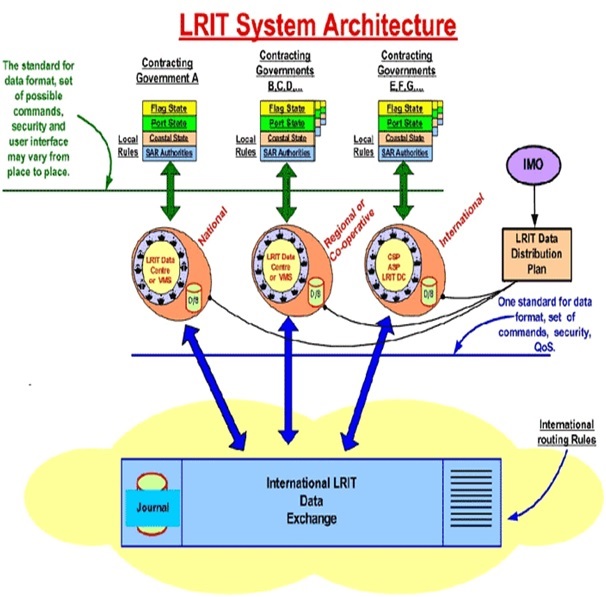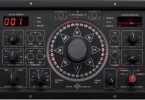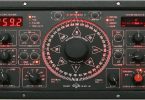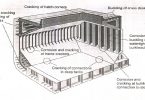The Long Range Identification and Tracking (LRIT) system is a designated International Maritime Organization (IMO) system designed to collect and disseminate vessel position information received from IMO member States ships that are subject to the International Convention for the Safety of Life at Sea (SOLAS).
LRIT is a maritime domain awareness (MDA) initiative to enhance maritime Safety, Security and protect the marine environment. LRIT allows Member States to receive position reports from vessels operating under their flag, vessels seeking entry to a ort within their territory, or vessels operating in proximity to the State’s coastline.
LRIT is a collection and distribution system for basic information on vessels.
There are two aspects to LRIT:





